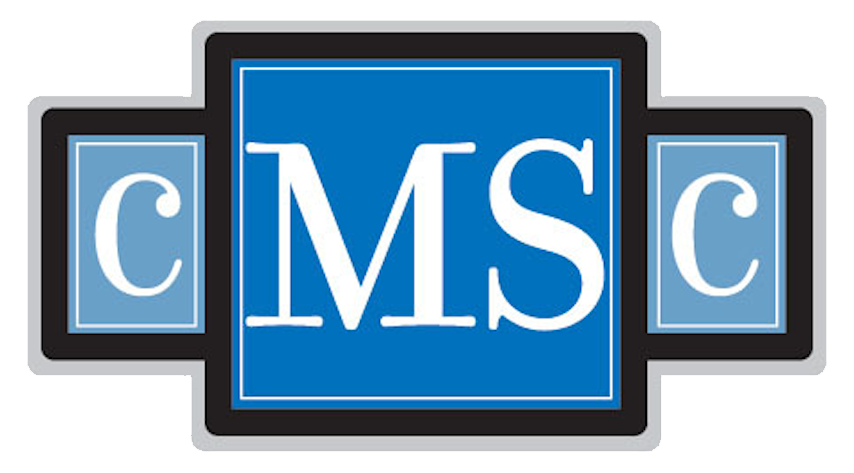
RELEASE DATE: October 21, 2020
VALID FOR CREDIT THROUGH: October 21, 2021
Neuromyelitis optica spectrum disorder (NMOSD) is an inflammatory disorder of the central nervous system characterized by immune-mediated demyelination and axonal damage predominantly targeting the optic nerves and spinal cord. To provide the most up-to-date information on the diagnosis and treatment of NMOSD, the Consortium of Multiple Sclerosis Centers (CMSC) and Catamount Medical Education have developed the educational initiative titled The New Era of Neuromyelitis Optica Spectrum Disorder: Advances in Diagnosis and Treatment.
Led by expert faculty, Dr. Brian G. Weinshenker and Dr. Marcelo Matiello, the curriculum includes:
An online presentation that reviews evidence-based recommendations, challenges, and advances in the diagnosis and treatment of NMOSD.
Available for CME credit for physicians; CE credit for nursing professionals and pharmacists. All others will receive a Certificate of Participation.
A case-based series of podcasts designed to explore issues related to differential diagnosis, acute treatment, long-term treatment options, and other special considerations in the treatment of NMOSD.
Available for CME credit for physicians; CE credit for nursing professionals and pharmacists. All others will receive a Certificate of Participation.
- An instructional video to be used as a tool for clinicians to communicate with their newly diagnosed patients; a corresponding downloadable handout that can be shared with patients to help them better understand their NMOSD diagnosis.
- A designated page where clinicians and patients can ask questions and receive answers from our expert faculty.
Follow along with Dr. Weinshenker and Dr. Matiello as they present the case of a 45-year-old woman who presents to the emergency department complaining of blurred vision and eye pain. Dr. Weinshenker and Dr. Matiello discuss her work-up and diagnosis, their proposed treatment for her current acute attack, and considerations for a long-term treatment plan for this patient. Finally, they address some special considerations, including the presence of other comorbid conditions and the potential impact of the COVID-19 pandemic. Click below to listen to the podcasts in this series.




